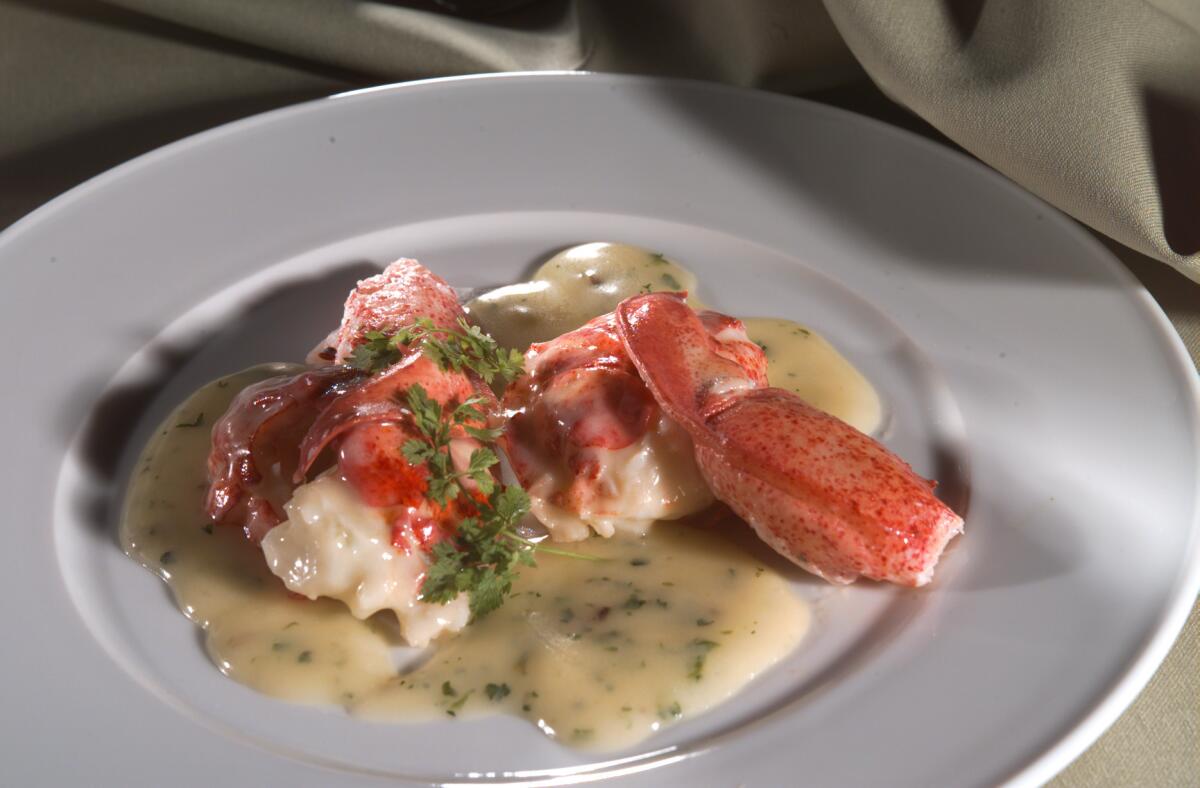While it’s fascinating to consider the idea of an individual being a “Greatest Cook” of a language, the premise itself contains a slight conceptual divergence. Cooking is a culinary art and a practical skill, whereas a language, like English, is a system of communication. Therefore, a person can be a great cook using English to communicate their recipes, techniques, or culinary philosophy, but they cannot cook a language.

However, if we reframe the prompt to discuss a culinary figure who has profoundly influenced the English-speaking world through their mastery and communication of cooking, then a compelling narrative emerges. Let’s explore this idea, focusing on how a culinary maestro might have shaped the gastronomic landscape of the English-speaking realm.
The Unparalleled Influence: Shaping the English Palate Through Culinary Mastery
The history of gastronomy in the English-speaking world is a rich tapestry woven with innovation, tradition, and the indelible marks left by extraordinary culinary talents. While the notion of a “greatest cook in the English language” might seem an anachronism, we can certainly identify a luminary whose gastronomic prowess and pedagogical influence have resonated deeply within the Anglophone sphere, profoundly shaping its culinary landscape. This individual, through their sheer artistry, meticulous articulation, and relentless pursuit of epicurean excellence, effectively became a custodian of culinary wisdom for generations of English speakers, elevating the act of cooking from mere sustenance to a veritable art form.
The Architect of Anglophone Gastronomy
Identifying a single “greatest” culinary figure is an inherently subjective endeavor, given the multifarious dimensions of culinary achievement. However, if we consider influence, longevity, and pedagogical impact within the English-speaking world, a compelling case can be made for Julia Child. Her groundbreaking work, particularly through her seminal book Mastering the Art of French Cooking and her iconic television series The French Chef, demystified classical French cuisine for an Anglophone audience, thereby instigating a culinary renaissance. Her contributions transcended mere recipe dissemination; she imbued countless home cooks with confidence, technique, and an unbridled enthusiasm for the culinary arts.
Child’s approach was revolutionary. She did not merely present instructions; she elucidated principles, explained methodologies, and, crucially, conveyed a palpable joy for the act of cooking. This pedagogical fervor, delivered with her characteristic ebullience and precise diction, made complex culinary techniques accessible to the everyday cook. Her programs were not simply demonstrations; they were masterclasses, transforming mundane kitchens into vibrant laboratories of flavor and texture.
A Lexicon of Flavor: Elevating Culinary Discourse
Child’s impact extended beyond the practical application of cooking; she fundamentally altered the culinary lexicon within the English language. Before her advent, many complex culinary terms and techniques remained largely ensconced within professional kitchens or specialized cookbooks. Child’s meticulous explanations, often accompanied by her inimitable pronouncements, integrated terms like sauté, roux, blanch, and mirepoix into the everyday vocabulary of home cooks. She effectively democratized gastronomic terminology, making it comprehensible and approachable for a broader audience. This linguistic assimilation was a critical component of her lasting legacy, allowing for more nuanced and sophisticated discussions about food.
Her writing style, too, was a testament to her dedication to clarity and precision. Mastering the Art of French Cooking is not merely a collection of recipes; it is a meticulously crafted culinary treatise, replete with detailed explanations, troubleshooting tips, and historical context. The prose, though instructional, possesses an inherent elegance that reflects the sophistication of the cuisine it describes. She understood that effective culinary communication required not only accurate information but also an engaging and encouraging tone.
The Enduring Palimpsest of Influence
The ripples of Child’s influence are still palpable in contemporary Anglophone cuisine. Generations of chefs and home cooks have drawn inspiration from her work, either directly or indirectly. Her emphasis on fundamental techniques, quality ingredients, and the sheer pleasure of cooking continues to resonate. The sheer volume of culinary literature, television programs, and online content dedicated to cooking in the English language today owes a significant debt to the trail she blazed. She demonstrated that culinary expertise could be articulated with both scholarly rigor and an infectious enthusiasm, making it both aspirational and attainable.
In essence, Julia Child did not just teach people how to cook; she taught them how to think about food, how to appreciate its nuances, and how to embark on their own culinary explorations with confidence and joy. Her legacy is a testament to the power of clear communication, passionate instruction, and an unwavering belief in the transformative power of a well-cooked meal. Her work stands as an enduring palimpsest, upon which successive layers of culinary innovation in the English-speaking world have been built, always informed by the foundational principles she so eloquently articulated. She truly became a culinary lexicographer and a gastronomic muse for the Anglophone world.